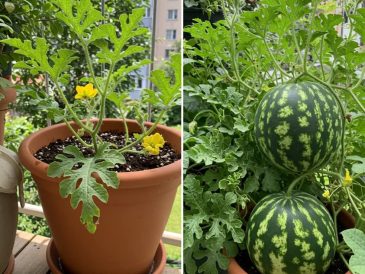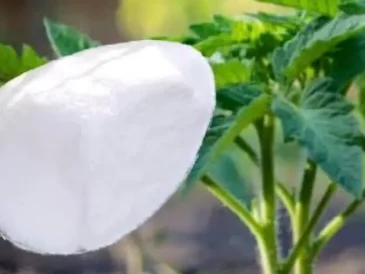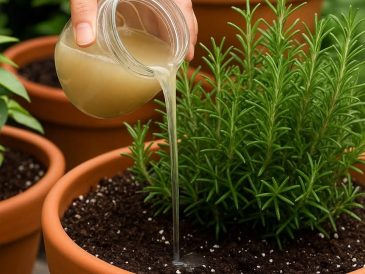In my opinion, herbs are extremely underrated in the garden. I remember only growing vegetables and flowers during my first 2 years of gardening, but once I gave herbs a shot, they quickly became a staple in my garden.
In today’s article, we’re going to dive deep into the world of popular herbs and figure out which of them need regular pruning to maintain healthy growth.
Let’s get right into it, shall we?
Wait…Why Does Pruning Herbs Matter?

Well, like in most plants, pruning encourages fresh and tender growth.
Certain herbs have a tendency to bolt and lose flavor quickly, so cutting them back at the right time prevents premature flowering and other issues.
Pruning herbs also keeps the plants compact and productive for longer, securing long-term harvests that you can enjoy.
Quick Tips For Herb Pruning Success

- Always use clean, sharp scissors or pruners for pruning. Blunt or dirty tools can lead to fungal infections and other issues;
- Morning time is the best time to prune herbs for optimal flavor and plant health;
- DO NOT over-prune! Never remove more than one-third of the plant at once;
- Compost your trimmings or dry them for later use.
9 Herbs That Need Regular Pruning

1: Basil

Pinch your basil just above a leaf pair to encourage branching and new growth. Try your best to remove flower buds early to prolong leaf production.
2: Mint

Trim your mint plants often to prevent unwanted rapid spreading and keep them dense and bushy. Cut stems back by a third every couple of weeks.
3: Oregano

Oregano tends to become woody and cardboard-like real quick, so prune it regularly to prevent that from happening. Cut back to about two-thirds height, especially before flowering.
4: Thyme

Thyme, too, tends to develop a woody base, which is why pruning it frequently may be a good idea. Snip the top few inches of the plant, but make sure you don’t cut into old stems.
5: Parsley

When the harvesting period comes around, harvest your parsley from the outer stems at the base. Avoid taking just the leaves; this herb requires you to cut the full stem to trigger regrowth.
6: Rosemary

Rosemary pruning should never be unnecessarily delayed. Trim young, green stems often for bushier growth. Avoid cutting into the woody parts of your rosemary plants unless they’re rejuvenating.
7: Sage

Make a proper routine involving light pruning during the growing season to maintain shape and consistent growth in your sage plants. After the flowering season, cut back the plants by about one-third.
8: Chives

Cut your chives low, about 1-2 inches above the soil, to encourage new shoots. You want to prune this herb only after flowering to keep the leaves fresh and tender.
9: Cilantro (Coriander)

Harvest your cilantro early in the season, but with higher frequency to delay bolting problems. Cut stems close to the base, and never let them fully flower if you want more leaves.
Quick Tip For Herb Pruning

Typically, all pruning is done the same way. You remove old dead wood, weak foliage, and get rid of any parts of the plant that may unnecessarily be weighing it down or restricting airflow.
With herbs, however, things may look a little different as the plants are generally of smaller size and don’t grow dense enough to restrict air circulation.
In this case, you want to be gentler and a lot more careful not to make any imprecise cuts. Get up close and trim with full control.
Conclusion

Not all plants and herbs need pruning or cutting back to encourage better, healthier growth. Some handle that job on their own, making them super easy to work with and maintain.
The ones that do require some work put into them, however, can be a lot more fun and exciting to grow. You can shape them and give them some personality.
Don’t be too strict about the rules and regulations of pruning; rules are made to be bent. Keep basic guidelines in mind, time the trims right, and be creative with it if you want! The garden isn’t just your canvas; the plants are too!




